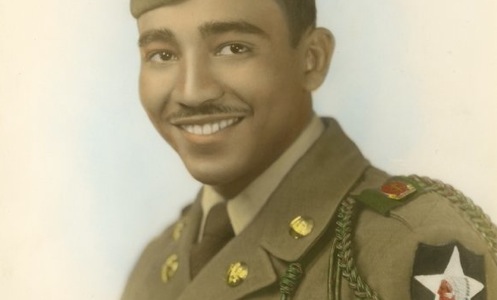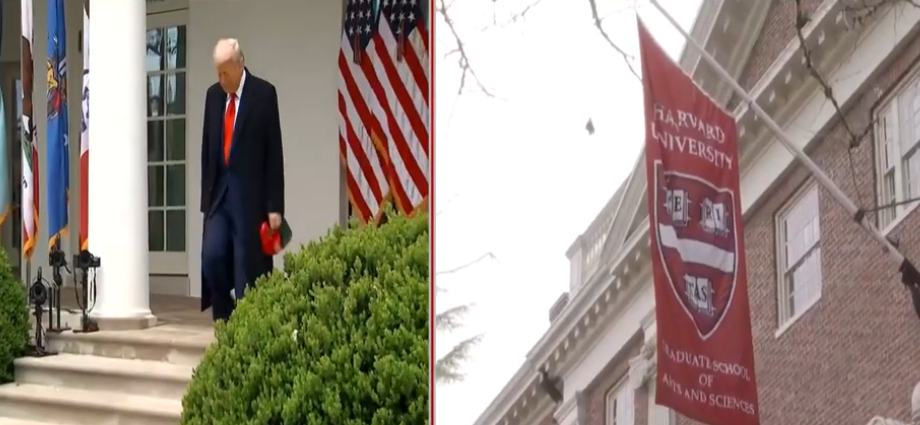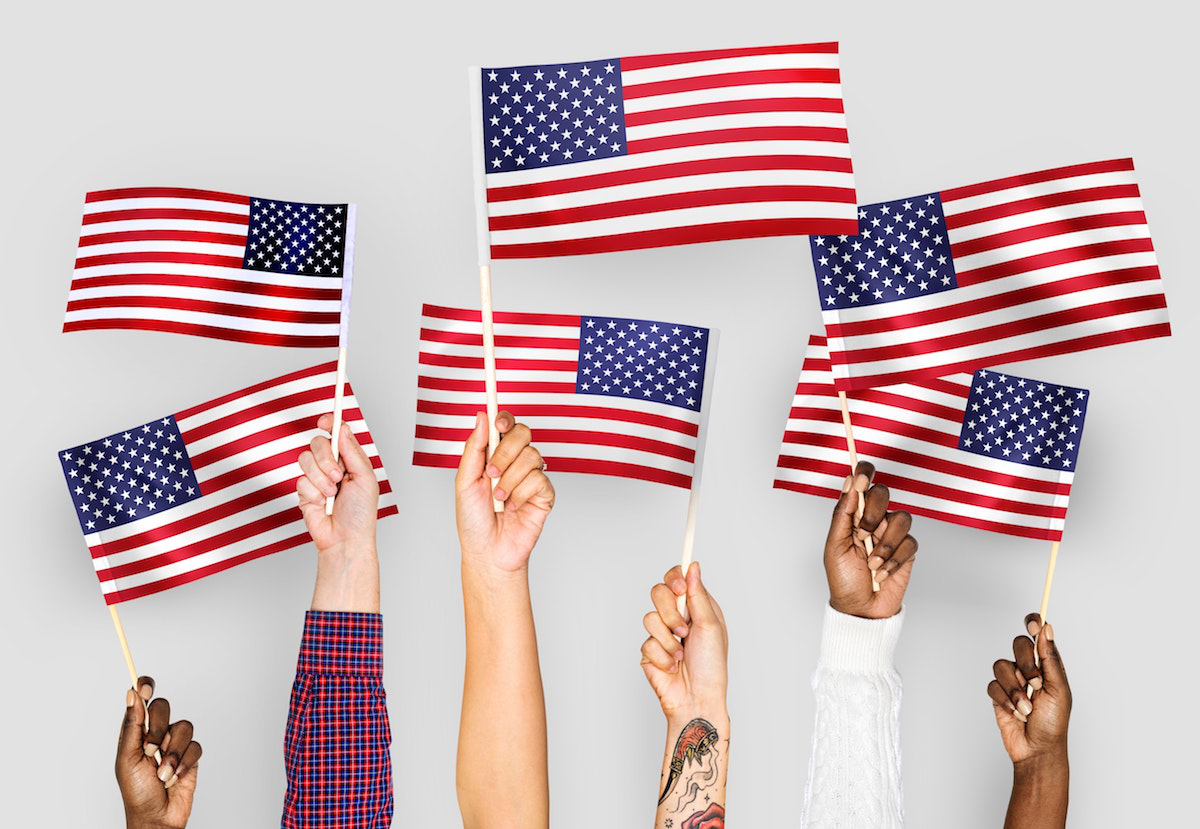Rangel: Purple Heart and Bronze Star for bravery at Battle of Kunu-Ri in Korea
[Commentary]
On August 28 the 50th Anniversary of the March on Washington was commemorated in cities and towns across the United States with an emphasis on the Reverend Dr. Martin Luther King Jr.’s “I Have a Dream” speech and his call for an integrated nation and a tearing down of the walls of segregation.
Many Americans are unaware that 15 years before the original March on Washington, President Harry S. Truman had signed Executive Order 9981 which directed an end to the official policy of segregation in the military.
The Presidential order did not change the reality of race relations in the military overnight, but the invasion of the Republic of Korea on June 25, 1950 by North Korean forces seeking to unify the Korean peninsula under communist rule, set the stage for our nation’s first integrated fighting force.
When the Korean War began, there were 100,000 African Americans in the military with most of them serving in segregated units. When the Korean War Armistice was signed in July 1953, there were over 600,000 African Americans serving their country in integrated units.
In three years of vicious fighting in Korea, African Americans repeatedly demonstrated their bravery in combat. They fought to keep the Republic of Korea free and democratic even though they were denied the ability to vote and other rights in the United States.
They fought because it was the right thing to do and it was their duty.
Jesse Brown, an Ohio State graduate, was the nation’s first African American Navy fighter pilot. He ultimately became the first African American aviator to be killed in action in the War in December 1950. Ensign Brown’s wingman, Lieutenant Thomas Hudner, crashed his aircraft to conduct a valiant but unsuccessful attempt to rescue Brown. Hudner did not see a downed African American pilot.
He saw a fellow American and risked his life to save him. For his heroic actions, Lieutenant Hudner received the Medal of Honor and Brown was posthumously honored with the Distinguished Flying Cross.
Daniel Chappie James flew fighter planes in WWII and Korea and was one of many Air Force pilots in the Korean War who were Tuskegee Airmen. James went on to provide inspiration to me and some of my friends as we considered a career in the military when he became the first African American Four Star General in the military.
The Marine Corps began integrating early in the Korean War and African American Marines fought gallantly at the battle of Pusan, one of the first major battles of the War. The Army disbanded the 24th Infantry Regiment –Buffalo Soldiers– and other all African American units during the War and successfully integrated its troops. Integration of the military during the Korean War changed the Armed Forces forever and set the tone for segregation to be eliminated from all aspects of American society.
When fighting ended in Korea, there were more African American military officers than ever before and expanded opportunities for minorities to be promoted. Korean War Veterans used GI benefits and the experience they gained while serving to earn college degrees, buy homes, secure jobs with corporations and the federal government, and become community leaders. Many veterans, and particularly Korean War veterans, made significant contributions in the struggle for equality and integration.
Roy Innis and James Meredith are both Korean War veterans. Innis served in the Army from 1950 to 1952 and became the leader of the Congress of Racial Equality (CORE).
James Meredith served in the Air Force from 1951 to 1960 and was the first African American admitted to the University of Mississippi in 1962. He later led the 1966 “March Against Fear” from Memphis to Jackson, Mississippi.
Medgar Evers was a WWII Army veteran and fought in the Battle of Normandy. After the War he earned his college degree and became a civil rights activist. Evers was assassinated in 1963 and was buried at Arlington National Cemetery with full military honors.
Floyd McKissick was also a WWII Army veteran and served in the European Theater. After the War, he graduated from Morehouse College and later became the first African American student at the University of North Carolina at Chapel Hill’s Law School. In 1966, McKissick became the leader of CORE.
Two African American members of the U.S. House of Representatives, John Conyers and Charles Rangel, are Korean War veterans. Conyers has been a Congressman for almost 50 years representing a district in Detroit and serves on the Subcommittee on the Constitution, Civil Rights, and Civil Liberties. Congressman Rangel, a native New Yorker, is known as a “Champion for Justice”. He received a Purple Heart and Bronze Star for his actions at the Battle of Kunu-Ri while fighting in Korea and he continues to fight for freedom and justice even today.
The U.S. military, and specifically our nation’s involvement in the Korean War, was the beginning of the end of institutionalized segregation in America and helped create an environment that led to President Johnson signing legislation and the Supreme Court rendering decisions that called for the fair and equal treatment of all citizens.
As we continue to commemorate the 60th Anniversary of the Signing of the Armistice that ended fighting in Korea, we should remember that African American service members helped to save what’s now South Korea from communist oppression and opened doors for all African Americans in the United States through their service and sacrifice.
Lieutenant Colonel Timothy Washington is Deputy Director, Department of Defense







